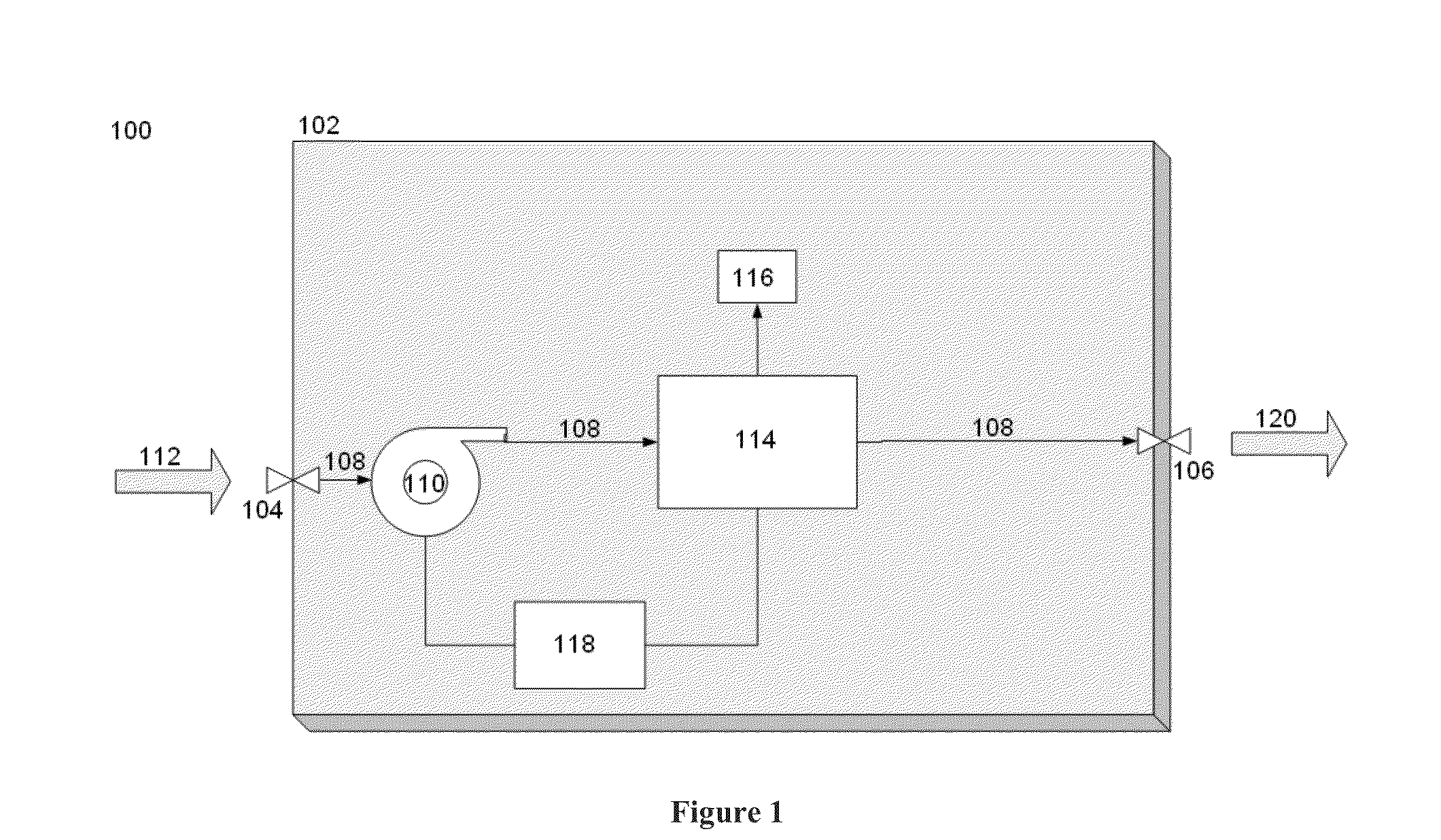Mercury sensor for detecting, differentiating, and measuring organic and inorganic mercury compounds
a technology of organic and inorganic mercury and mercury sensors, which is applied in the direction of instruments, material electrochemical variables, and well accessories, etc., can solve the problems of difficult to measure the mercury in natural gas in a reservoir, the detection limit of such methods is generally not better than 20 ppb, and the overall testing cost of comprehensive field-wide fluid characterization may be higher. , to achieve the effect of rapid deployment, small footprint and easy installation and operation
- Summary
- Abstract
- Description
- Claims
- Application Information
AI Technical Summary
Benefits of technology
Problems solved by technology
Method used
Image
Examples
Embodiment Construction
[0022]The invention relates to a sensor assembly unit for the detection and quantification of mercury analytes, such as organic and / or inorganic mercury compounds, including elemental mercury, in gas or liquids, such as natural gas, natural gas condensates, air, crude oil, refined petroleum gas or liquids, and water including connate water, condensed water and water containing hydrate inhibitor.
[0023]The identification of elemental mercury is particularly important. Elemental mercury refers to mercury in its metallic form, and is intended to encompass mixtures of mercury with other metals or compounds such as amalgams of mercury, as well as the various isotopes of mercury.
[0024]Organic mercury (or organomercury) compounds may include dialkyl mercury compounds (e.g. dimethylmercury, diethylmercury, diphenyl mercury), mercury carboxylates (e.g. mercuric acetate), alkyl mercury compounds (such as methylmercury and ethylmercury compounds), alkyl mercury halides.
[0025]Inorganic mercury c...
PUM
| Property | Measurement | Unit |
|---|---|---|
| temperatures | aaaaa | aaaaa |
| pressures | aaaaa | aaaaa |
| concentration | aaaaa | aaaaa |
Abstract
Description
Claims
Application Information
 Login to View More
Login to View More - R&D
- Intellectual Property
- Life Sciences
- Materials
- Tech Scout
- Unparalleled Data Quality
- Higher Quality Content
- 60% Fewer Hallucinations
Browse by: Latest US Patents, China's latest patents, Technical Efficacy Thesaurus, Application Domain, Technology Topic, Popular Technical Reports.
© 2025 PatSnap. All rights reserved.Legal|Privacy policy|Modern Slavery Act Transparency Statement|Sitemap|About US| Contact US: help@patsnap.com

